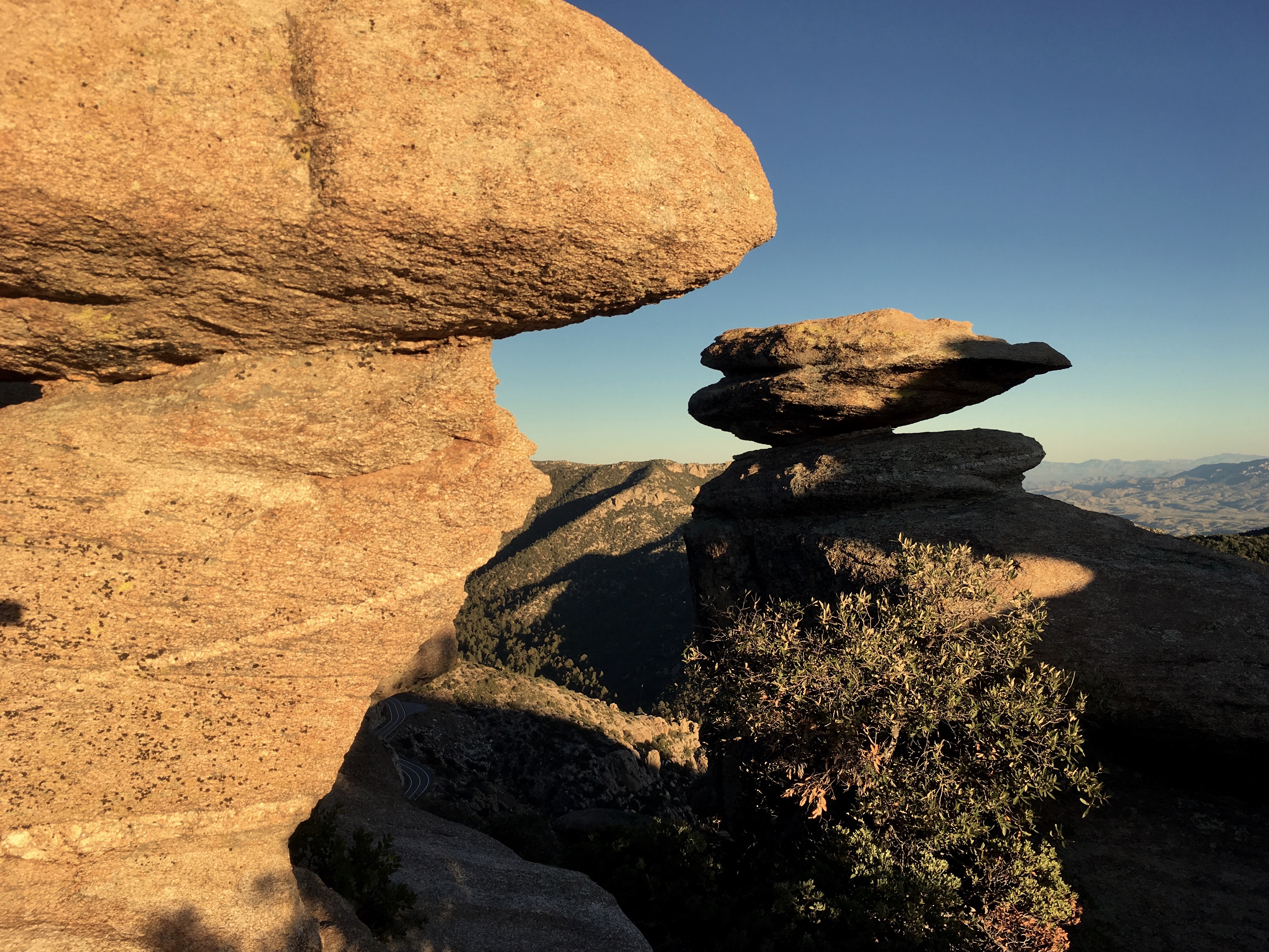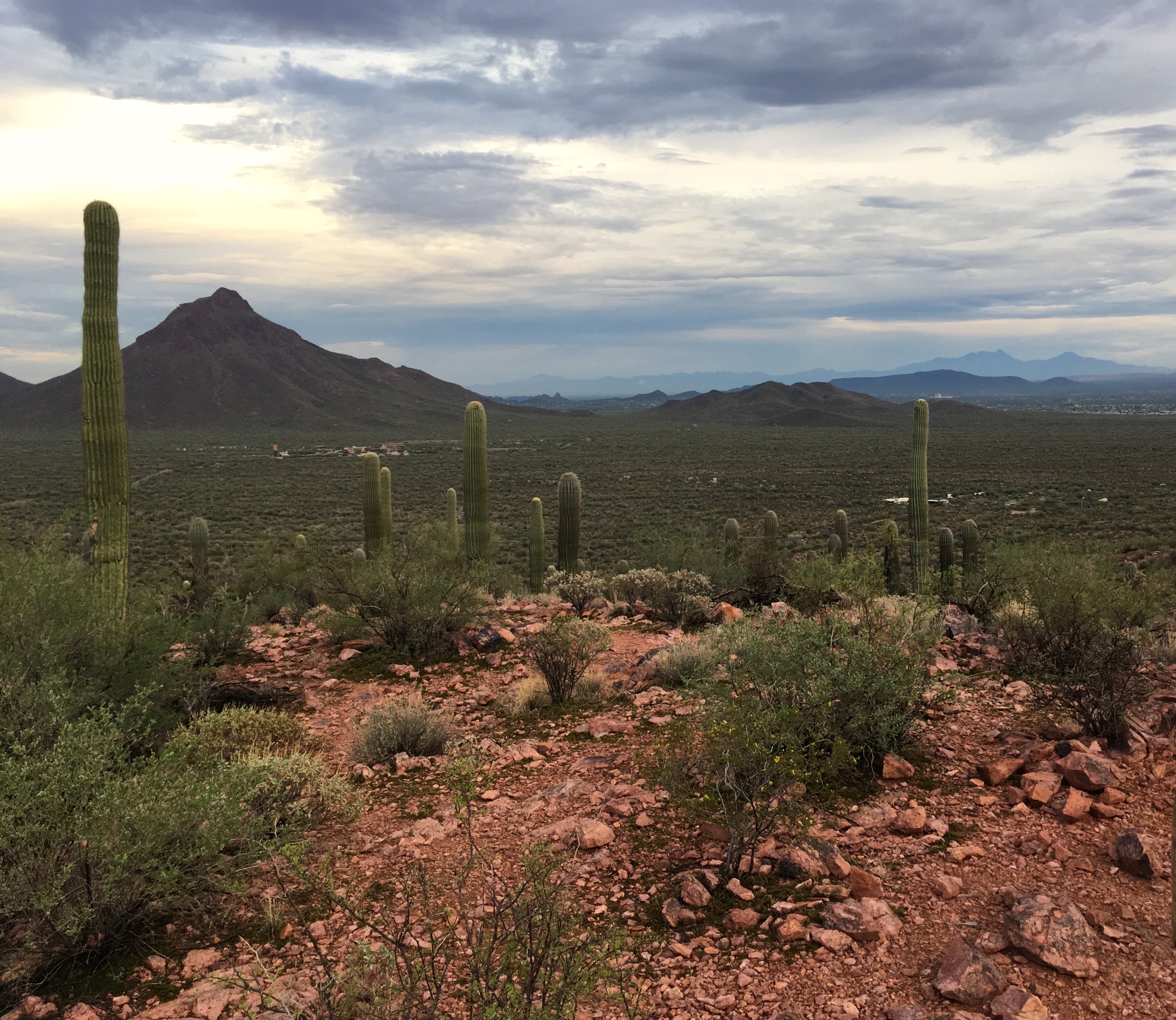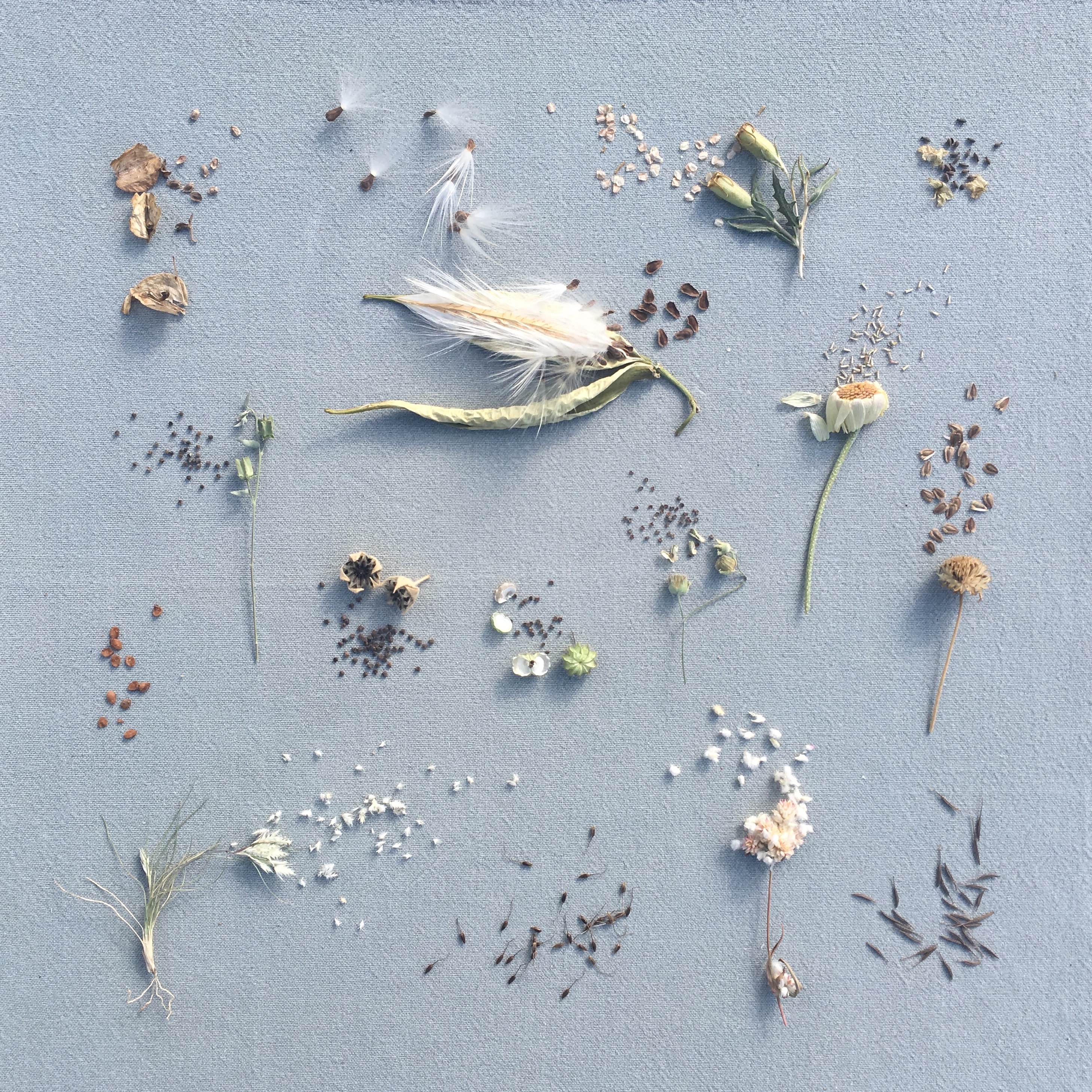Casa Petra Vera
How well can we care for vital places as we study and benefit from them?
That question is key to our personal and civic objectives, working from our home in Tucson Arizona, and particularly during sojourns to wilder areas of the Sky Islands. If you can’t imagine an island or archipelago rising from something other than sea, let us introduce you to the region where that concept was defined.

At the southeast corner of the State of Arizona, is a super-convergence of activity - animal, vegetable, mineral, astronomical, and cultural.
Between the temperate Rockies and subtropical Sierra Madres, where the marriage of the Sonoran and Chihuahuan Deserts parts a nearly unbroken mountain range running the Americas’ entire Pacific hem - a dry archipelago vaults layers of biomes from desert basin to subalpine peaks, into lucid sky.

Unlike the panoramic wonder of the Grand Canyon, monumental hallmarks of the Sky Islands are less evident to untrained eyes - a systemic complexity best revealed by patient observation.
The area’s wealth of life, including species evolving on soaring mountains isolated by arid expanses, evokes Galapagos and Amazonia-like paradigms of rarity and diversity in a compact desert nucleus. The region is populated by more mammal species than any proportionally-sized region north of Mexico. A less than 145 mile length of the San Pedro River alone contains more native vertebrate species than the nearly 3,500 square miles of Yellowstone National Park.
![]()
Evidence suggests there may be a greater diversity of ant and bee species in this region than in any other. It provides both the southernmost spread of pure spruce-fir forest on the continent, and the northern-most territory of endangered jaguars from the south.
The Sonoran Desert, underpinning this unusual archipelago, has evolved the most varied botanical architecture of any arid habitat on earth - an exemplar of strategies for coping with scarce water and intense heat. Here, over fifty-percent of local flora are found nowhere else, and more than a dozen flowering species may be identified in a single square meter.
It is the only place in the United States reached by a member of the avian family which includes Mesoamerica’s mythologized quetzal. One in four of all bird species breeding north of Mexico, from Alaska to Greenland, nest in the area - more than half in the Chiricahua Mountains alone, including breeding grounds utilized by a raptor population presumed to be the highest combined density and diversity on the planet.
![]()
![]()
![]()
Humans are members of this extraordinary confluence. Tucson, the region’s urban center, evolved in conjunction with the longest known continuous history of agricultural cultivation found in the United States. This place is the homeland of peoples who initiated farming culture within this country’s modern political borders, over four-thousand years ago - the profound heritage of some families who are our neighbors here today.
The region is currently home to peoples of more than twenty Native Nations, as well as Latin-American, Anglo and numerous other immigrant cultures. Its luminous setting has fostered science and art across eons - from the fingertips of indigenous astronomers who wedged stones in crevices millennia ago to cast shadows precisely marking the equinoxes on petroglyph murals, to Vladimir Nabokov’s work on one of the most lauded novels of the 20th century in the Chiricahua foothills during days too windy for field lepidopterology... From the foundational and enduring science, artistry, and activism of local Native community members, to the diverse endeavors of other communities’ research and contemplation, interwoven throughout.
![]()
![]()
With exceptional vantage points and darkness for celestial study, the Sky Islands also support globally prominent observatories frequented by astrophysicists from around the world.
Fragile water security, tribal sacred sites, unparalleled biodiversity, transcontinental avian routes and breeding grounds, and unique atmospheric clarity throughout this planetary hotspot - entrusted by history within the purview of the United States government - are intensely vulnerable to resource extraction, new climate extremes, airspace abuse, physical barriers, unmindful commercialism, and pollution of every kind.
Anything other than determined stewardship of the Sky Islands region is negligence.
![]()
‘Casa Petra Vera’ is a framework for our aim here, centered on the junction of art and science. We aspire for self-reliance and grassroots stewardship to illuminate projects, study, and respite in the shelter of the Sky Islands’ singular habitat - to foster productive solace and research in honor of this place, preserved for common peace of mind.
— Mariano Spina Novoa & Melinda Matson Spina
–
Resources and citations:
Biologist/Ecologist Richard C. Brusca
Madrean Archipelago Biodiversity Assessment
Sky Island Alliance
IUCN World Heritage Coverage Gaps
Tucson City of Gastronomy
The area’s wealth of life, including species evolving on soaring mountains isolated by arid expanses, evokes Galapagos and Amazonia-like paradigms of rarity and diversity in a compact desert nucleus. The region is populated by more mammal species than any proportionally-sized region north of Mexico. A less than 145 mile length of the San Pedro River alone contains more native vertebrate species than the nearly 3,500 square miles of Yellowstone National Park.

Evidence suggests there may be a greater diversity of ant and bee species in this region than in any other. It provides both the southernmost spread of pure spruce-fir forest on the continent, and the northern-most territory of endangered jaguars from the south.
The Sonoran Desert, underpinning this unusual archipelago, has evolved the most varied botanical architecture of any arid habitat on earth - an exemplar of strategies for coping with scarce water and intense heat. Here, over fifty-percent of local flora are found nowhere else, and more than a dozen flowering species may be identified in a single square meter.
It is the only place in the United States reached by a member of the avian family which includes Mesoamerica’s mythologized quetzal. One in four of all bird species breeding north of Mexico, from Alaska to Greenland, nest in the area - more than half in the Chiricahua Mountains alone, including breeding grounds utilized by a raptor population presumed to be the highest combined density and diversity on the planet.



Humans are members of this extraordinary confluence. Tucson, the region’s urban center, evolved in conjunction with the longest known continuous history of agricultural cultivation found in the United States. This place is the homeland of peoples who initiated farming culture within this country’s modern political borders, over four-thousand years ago - the profound heritage of some families who are our neighbors here today.
The region is currently home to peoples of more than twenty Native Nations, as well as Latin-American, Anglo and numerous other immigrant cultures. Its luminous setting has fostered science and art across eons - from the fingertips of indigenous astronomers who wedged stones in crevices millennia ago to cast shadows precisely marking the equinoxes on petroglyph murals, to Vladimir Nabokov’s work on one of the most lauded novels of the 20th century in the Chiricahua foothills during days too windy for field lepidopterology... From the foundational and enduring science, artistry, and activism of local Native community members, to the diverse endeavors of other communities’ research and contemplation, interwoven throughout.


With exceptional vantage points and darkness for celestial study, the Sky Islands also support globally prominent observatories frequented by astrophysicists from around the world.
Fragile water security, tribal sacred sites, unparalleled biodiversity, transcontinental avian routes and breeding grounds, and unique atmospheric clarity throughout this planetary hotspot - entrusted by history within the purview of the United States government - are intensely vulnerable to resource extraction, new climate extremes, airspace abuse, physical barriers, unmindful commercialism, and pollution of every kind.
Anything other than determined stewardship of the Sky Islands region is negligence.

‘Casa Petra Vera’ is a framework for our aim here, centered on the junction of art and science. We aspire for self-reliance and grassroots stewardship to illuminate projects, study, and respite in the shelter of the Sky Islands’ singular habitat - to foster productive solace and research in honor of this place, preserved for common peace of mind.
— Mariano Spina Novoa & Melinda Matson Spina
–
Resources and citations:
Biologist/Ecologist Richard C. Brusca
Madrean Archipelago Biodiversity Assessment
Sky Island Alliance
IUCN World Heritage Coverage Gaps
Tucson City of Gastronomy